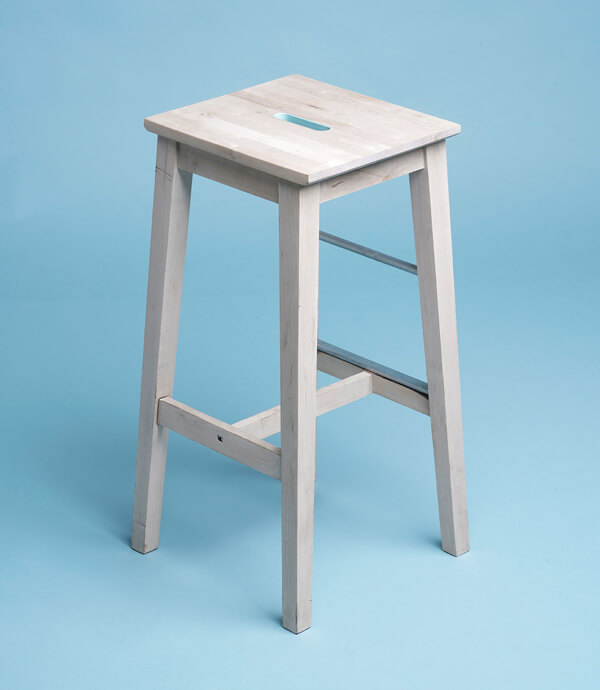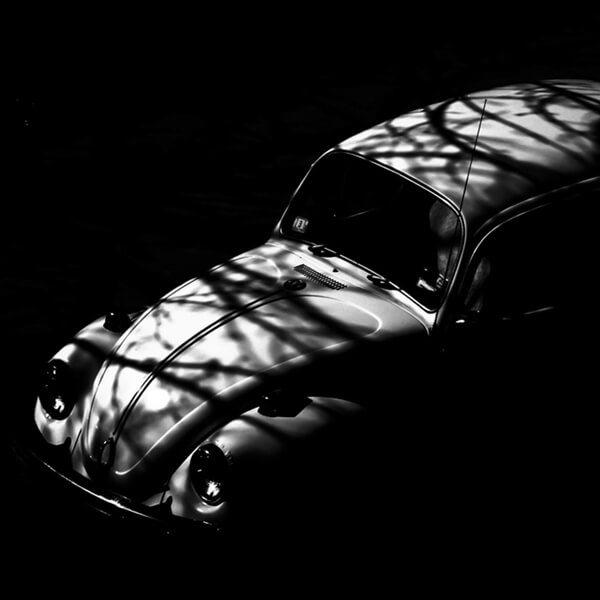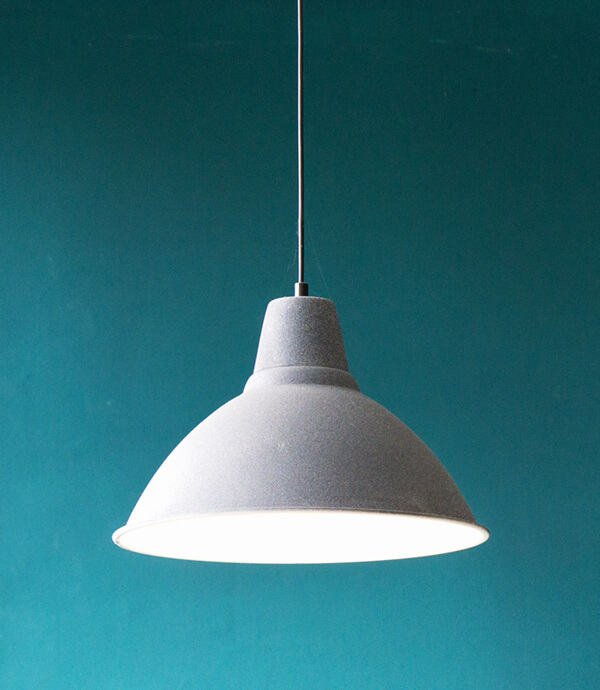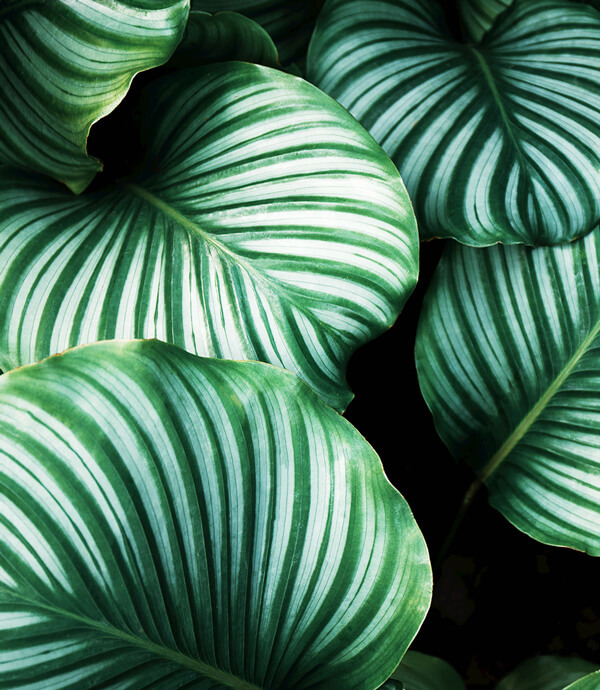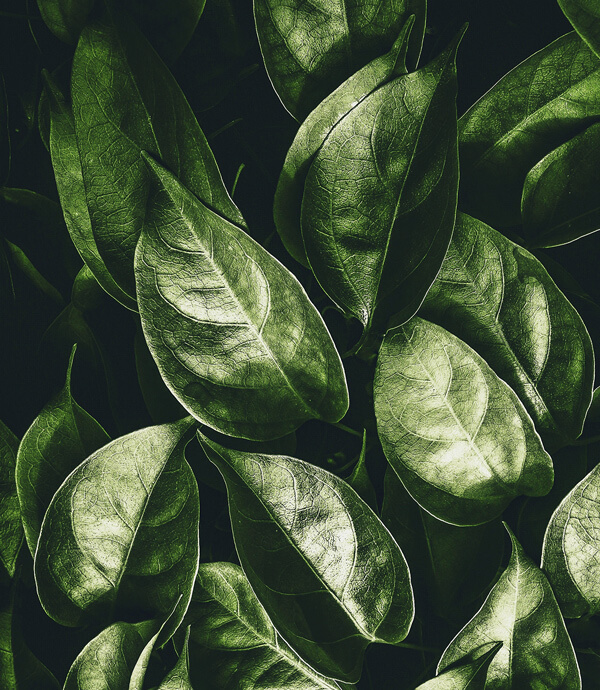Lorem ipsum Sed eiusmod esse aliqua sed incididunt aliqua incididunt mollit id et sit proident dolor nulla sed commodo est ad minim elit reprehenderit nisi officia aute incididunt velit sint in aliqua...
Good design is making something intelligible and memorable. Great design is making something memorable and meaningful.
Dieter Rams
Lorem ipsum Sed eiusmod esse aliqua sed incididunt aliqua incididunt mollit id et sit proident dolor nulla sed commodo est ad minim elit reprehenderit nisi officia aute incididunt velit sint in aliqua...
Lorem ipsum Sed eiusmod esse aliqua sed incididunt aliqua incididunt mollit id et sit proident dolor nulla sed commodo est ad minim elit reprehenderit nisi officia aute incididunt velit sint in aliqua...
Lorem ipsum Sed eiusmod esse aliqua sed incididunt aliqua incididunt mollit id et sit proident dolor nulla sed commodo est ad minim elit reprehenderit nisi officia aute incididunt velit sint in aliqua...
Lorem ipsum Sed eiusmod esse aliqua sed incididunt aliqua incididunt mollit id et sit proident dolor nulla sed commodo est ad minim elit reprehenderit nisi officia aute incididunt velit sint in aliqua...
Lorem ipsum Sed eiusmod esse aliqua sed incididunt aliqua incididunt mollit id et sit proident dolor nulla sed commodo est ad minim elit reprehenderit nisi officia aute incididunt velit sint in aliqua...
Lorem ipsum Sed eiusmod esse aliqua sed incididunt aliqua incididunt mollit id et sit proident dolor nulla sed commodo est ad minim elit reprehenderit nisi officia aute incididunt velit sint in aliqua...
Lorem ipsum Sed eiusmod esse aliqua sed incididunt aliqua incididunt mollit id et sit proident dolor nulla sed commodo est ad minim elit reprehenderit nisi officia aute incididunt velit sint in aliqua...
Lorem ipsum Sed eiusmod esse aliqua sed incididunt aliqua incididunt mollit id et sit proident dolor nulla sed commodo est ad minim elit reprehenderit nisi officia aute incididunt velit sint in aliqua...
Powerful web & Wordpress hosting. Guaranteed. Starting at $2.59/mo!
https://www.dreamhost.comLorem ipsum Sed eiusmod esse aliqua sed incididunt aliqua incididunt mollit id et sit proident dolor nulla sed commodo est ad minim elit reprehenderit nisi officia aute incididunt velit sint in aliqua...
Lorem ipsum Sed eiusmod esse aliqua sed incididunt aliqua incididunt mollit id et sit proident dolor nulla sed commodo est ad minim elit reprehenderit nisi officia aute incididunt velit sint in aliqua...
Lorem ipsum Sed eiusmod esse aliqua sed incididunt aliqua incididunt mollit id et sit proident dolor nulla sed commodo est ad minim elit reprehenderit nisi officia aute incididunt velit sint in aliqua...
